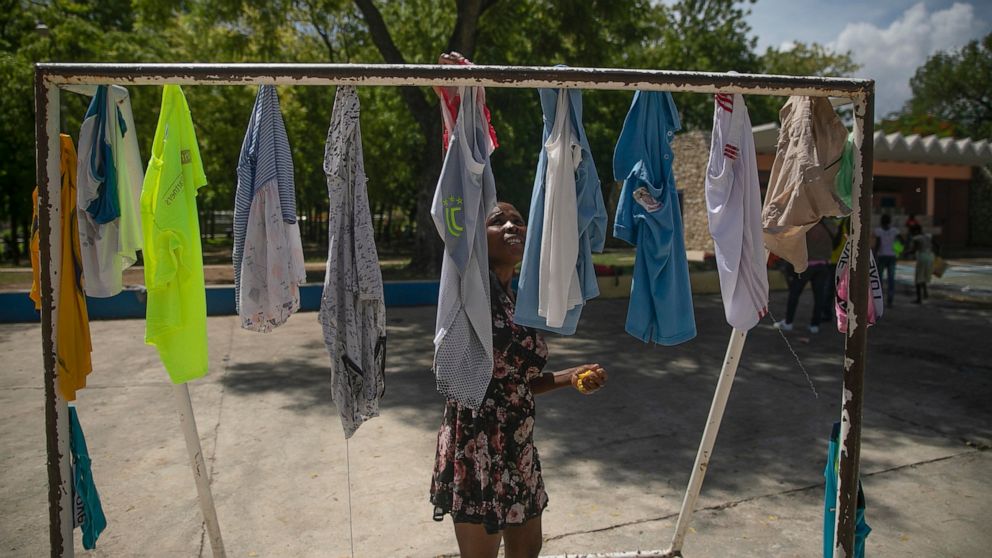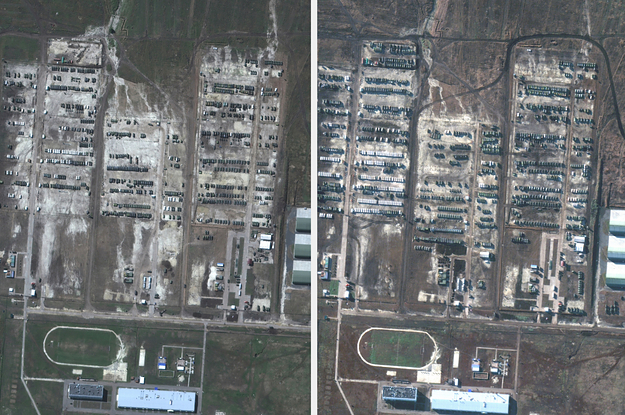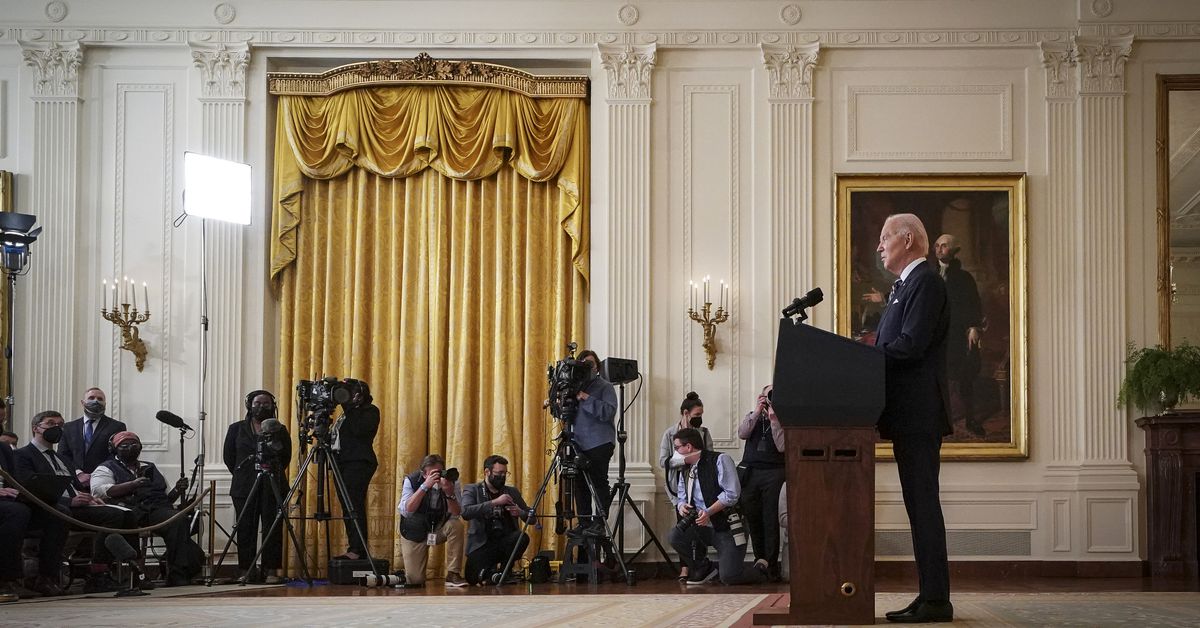
MEXICO CITY, Feb 22 (IPS) – The controversy in Mexico and at a world degree is concentrated on sure minerals which are basic to the power transition, comparable to cobalt, lithium and nickel. However there are different indispensable minerals that stay within the background.
Along with lithium deposits, Mexico has confirmed sources of bismuth, copper, fluorspar, graphite, molybdenum and zinc, concerned in a technique or one other within the completely different processes of the transition to a low-carbon financial system.
Beatriz Olivera, founding father of the non-governmental group Vitality, Gender and Atmosphere, confused that Latin America’s second largest financial system has the mining potential to make this transition potential.
“However we have now an extractive mannequin, the mineral is extracted and developed elsewhere,” she stated, criticizing Mexico’s present mining insurance policies, and specifically the weather that tackle particular worth on the trail in the direction of power decarbonization, a formulation to include world warming.
“If these minerals are extracted, the place is the worth chain, the profit for nations like Mexico? We’re solely going to be left with the destructive penalties and sacrifice zones are going to be created to fulfill applied sciences in different components of the world,” she stated in an interview with IPS.
Olivera is co-author of a forthcoming report on Mexico’s strategic transition metals that identifies 23 minerals for purposes comparable to electrical installations, photo voltaic and wind energy crops, in addition to power storage units comparable to batteries.
The group recognized 803 mining initiatives, of which 237 have a mineral granted in concession that’s usable within the transition, most of them inactive, however nonetheless in pressure.
Nearly half are within the preliminary stage, practically a 3rd in exploration, 13 p.c in pre-production and the remaining are in pre-feasibility, enlargement or closed.
In the meantime, 58 of the ventures belong to firms from Canada, 29 from Mexico, 26 from the U.S., seven from Australia, three from the UK, one from China, and in 113 circumstances the origin of the corporate is unknown.

Mexico’s mining portfolio
Mexico is presently the world’s main silver producer and can also be a serious participant within the 12 minerals market.
In 2020, the nation ranked second in world fluorspar manufacturing, fifth in bismuth, molybdenum and lead, sixth in zinc, ninth in copper and tenth in manganese.
In 2020, Mexican deposits produced 1.07 million tons of fluorspar, 732,863 tons of copper, 688,461 tons of zinc, 260,390 tons of lead, 198,448 tons of manganese, 18,562 tons of molybdenum and 1844 tons of graphite, in accordance with the official Statistical Yearbook of Mexican Mining.
The nation has 38 clay deposits containing lithium, potassium, magnesium and sodium, of which no less than 10 include 5 billion tons of those minerals, though their extractive and financial viability has but to be analyzed, impartial knowledgeable José Parga instructed IPS.
The U.S. Geological Survey (USGS) estimates that Mexico has lithium reserves of 1.7 million tons.
A part of the federal government’s electrical energy reform proposal for the general public sector to regain management of this trade consists of the nationalization of lithium and the creation of a state-owned firm to mine it.
Mexico has reserves of 53,000 tons of copper, 68,000 tons of fluorspar, 5,000 tons of manganese, 5,600 tons of lead and 19,000 tons of zinc, in accordance with the USGS.
The mining legislation in pressure in Mexico since 1992 prohibits state-owned entities from mining found minerals, which in observe means the privatization of the sector, because the exercise stays of their arms and the State merely regulates it.
Though there isn’t a exploitation of cerium, dysprosium, erbium, scandium, europium, gadolinium, holmium, ytterbium, yttrium, lanthanum, lutetium, neodymium, praseodymium, promethium, samarium, terbium and thulium – the so-called uncommon earths, the set of 17 parts which have change into basic for the transition – exploration is advancing for a mission within the northern state of Coahuila.
As well as, zinc deposits may present indium, gallium and germanium – different essential parts for the power transition that Mexico doesn’t presently produce.
A lot of the veins are positioned within the northern a part of the nation.

Partially harnessed potential
Parga underscored Mexico’s potential, which has been solely partially tapped.
“There’s certainty that the supplies are there, however they haven’t truly been the topic of an analysis that will enable us to essentially know their potential and the eventual technical-economic viability of their exploitation,” he said in his dialogue with IPS.
The knowledgeable stated, “step one to reap the benefits of the nation’s mineral sources is to research their existence, quantify and classify them to make the absolute best use.”
For no less than a decade, worldwide organizations have been warning concerning the consumption of uncooked supplies for the power transition, which may result in their depletion or “peak consumption”.
As well as, the mining trade has triggered protests and resistance in communities all through the nation the place it operates, as a result of environmental injury brought about, the low variety of native jobs generated and its small contribution to the Mexican financial system.
Actually, there are presently greater than 50 conflicts between native populations and mining firms within the nation.
In Mexico, the power transition has been at a standstill since 2019 as a result of insurance policies of President Andrés Manuel López Obrador, who favors help for fossil fuels and hydroelectric energy crops, to the detriment of renewable sources comparable to wind and photo voltaic.
Moreover, this Latin American nation, with a territory of 1.96 million sq. kilometers, 10 p.c of which has been granted in concession to mining firms, lacks a nationwide trade linked to the transition or a method for its improvement.
Consequently, there isn’t a manufacturing of wind generators, photo voltaic cells or electrical vehicles, because the uncooked materials is exported and returns within the type of elements to assemble photo voltaic panels or electrical automobiles.
At a sluggish tempo
Nonetheless, there are already some makes an attempt within the Mexican market, such because the meeting of electrical items within the central state of Puebla, neighboring Mexico Metropolis.
As well as, the international ministry, with help from the College of California, launched on Feb. 8 the U.S.-Mexico Electrification Working Group, which seeks “to make sure a coordinated and strategic transition in the direction of electromobility.”
In 2022, the events will design a binational roadmap, which features a analysis of the automotive sector in each nations and their alternatives within the electrical transition. Electromobility refers back to the introduction of automobiles that use electrical energy, as an alternative of fossil fuels, and whose manufacture requires the so-called transition minerals.
However Mexico is enterprise this initiative with out the Nationwide Electromobility Technique, prepared since 2018 however halted for “evaluate” by the surroundings ministry below the López Obrador administration after it took workplace in December of that 12 months.
Though some cities comparable to Mexico Metropolis have launched electrical city transport automobiles, it isn’t but a nationwide development. Furthermore, the power provide for these items nonetheless comes from fossil fuels.
Since 2016, the advertising of latest hybrid and electrical vehicles has elevated fivefold in Mexico, in accordance with the personal consulting agency TResearch Mexico. In 2021, these gross sales exceeded 39,000 items, representing 4 p.c of the entire.
In the course of the Glasgow Local weather Summit in December, Mexico signed the Glasgow Settlement on Zero Emission Autos, signed by 37 nations, 46 metropolitan and regional governments, in addition to 11 car producers, 28 fleet house owners, 13 institutional buyers within the automotive sector, two monetary entities and 21 signatories from different segments, to get rid of the manufacturing of inner combustion automobiles between 2035 and 2040.
In January, fossil fuel-based technology in Mexico accounted for 76 p.c of the entire, adopted by wind power (seven p.c), hydroelectric (6.67 p.c), photo voltaic (4.4 p.c), nuclear power (3.87 p.c), geothermal (1.55 p.c) and biomass (0.07 p.c), in accordance with information from the non-governmental Observatory of the Vitality Transition in Mexico.
Olivera and Parga highlighted the considerations concerning the position of minerals within the power transition, each on the Mexican and world degree.
“They aren’t essentially going to be sufficient to make the transition to one hundred pc renewable, we have now to take it with a certain quantity of moderation. However neither can we proceed burning fossil fuels left and proper,” stated Olivera.
In her view, “there should be advantages for the folks, with environmental and social controls, respect for the collective rights of peoples, mitigation measures for socio-environmental impacts and a fairer and extra equitable distribution of advantages.”
For his half, Parga instructed constructing a worth chain in Mexico that results in the manufacturing of completed merchandise, comparable to lithium batteries, and the participation of native communities in mining areas within the completely different phases of the manufacturing course of.
“Other than taking good care of the ecological steadiness, preserving the surroundings and the cultural surroundings of the folks and communities, it should additionally make sure that they receive an financial profit that enables them to boost their way of life,” he argued.
The dilemma revolves round inner combustion automobiles, whose financial, environmental and well being prices are excessive, and electrical automobiles, whose footprint can also be important.
© Inter Press Service (2022) — All Rights ReservedUnique supply: Inter Press Service














